Andorran climbs will decide 2018 Vuelta a Espana – Preview
'Strategies? Those are secret – our rivals mustn't know them' says Valverde
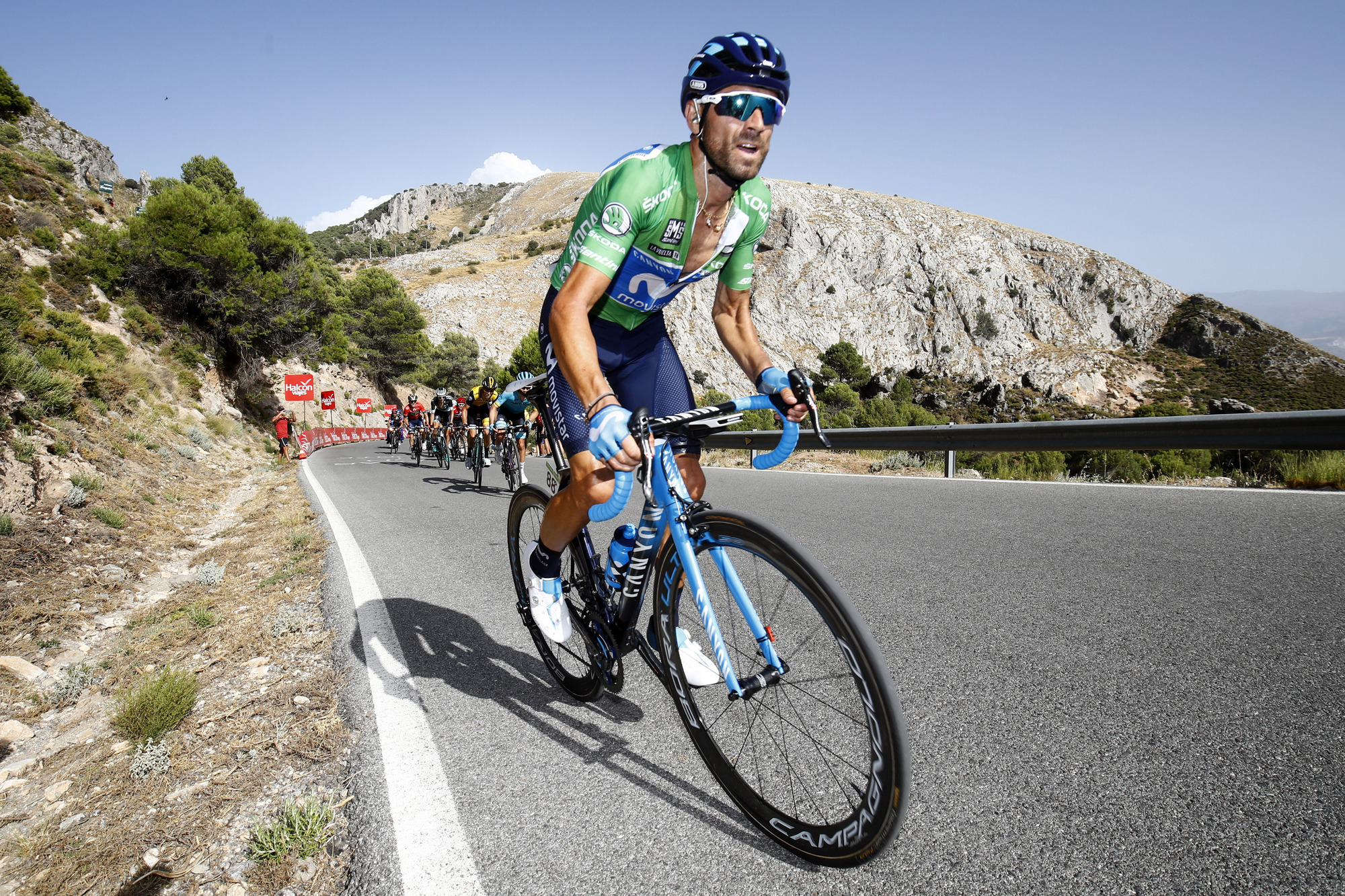
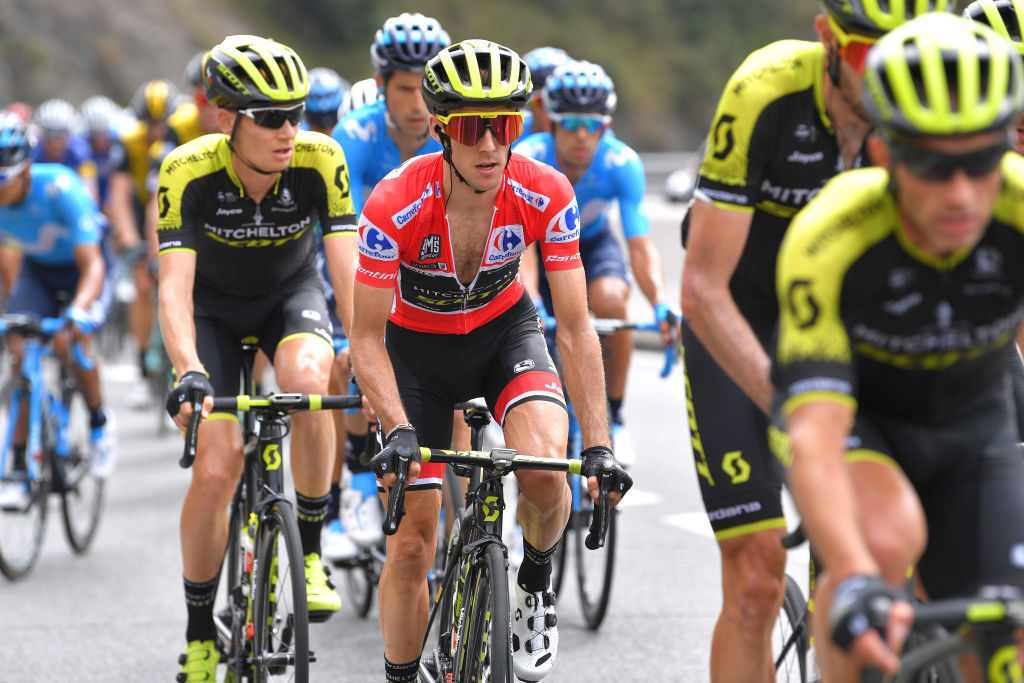
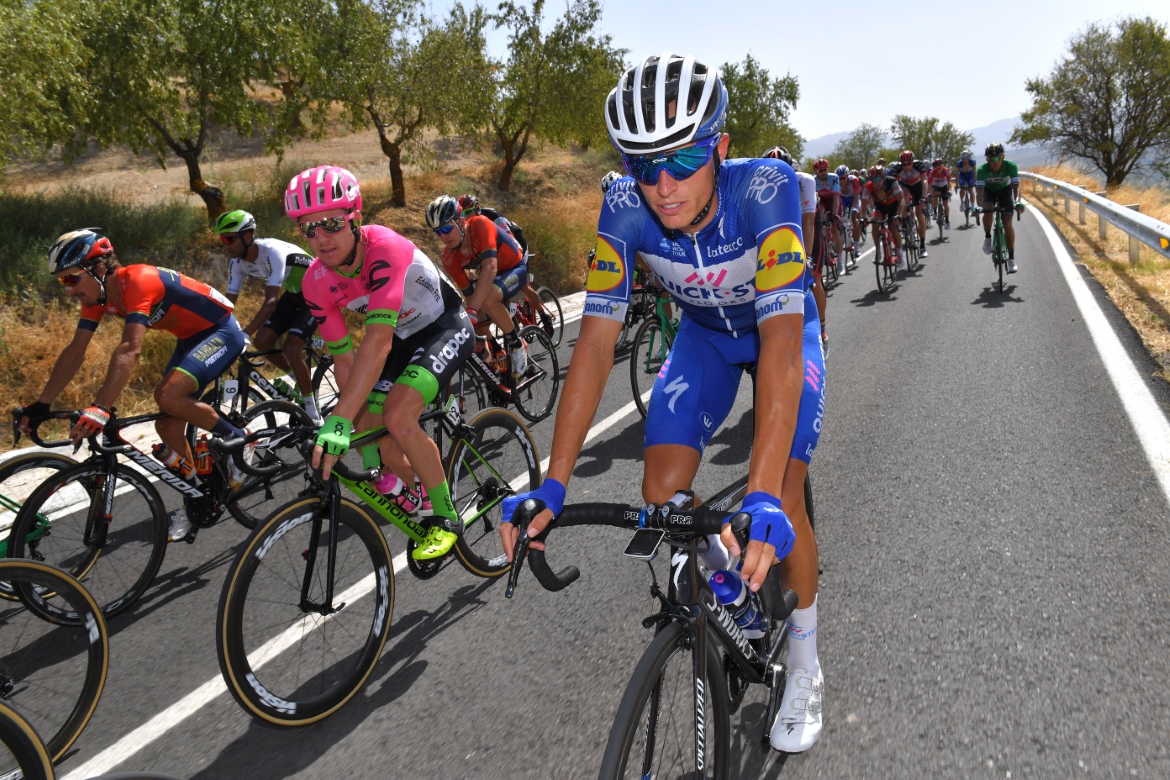
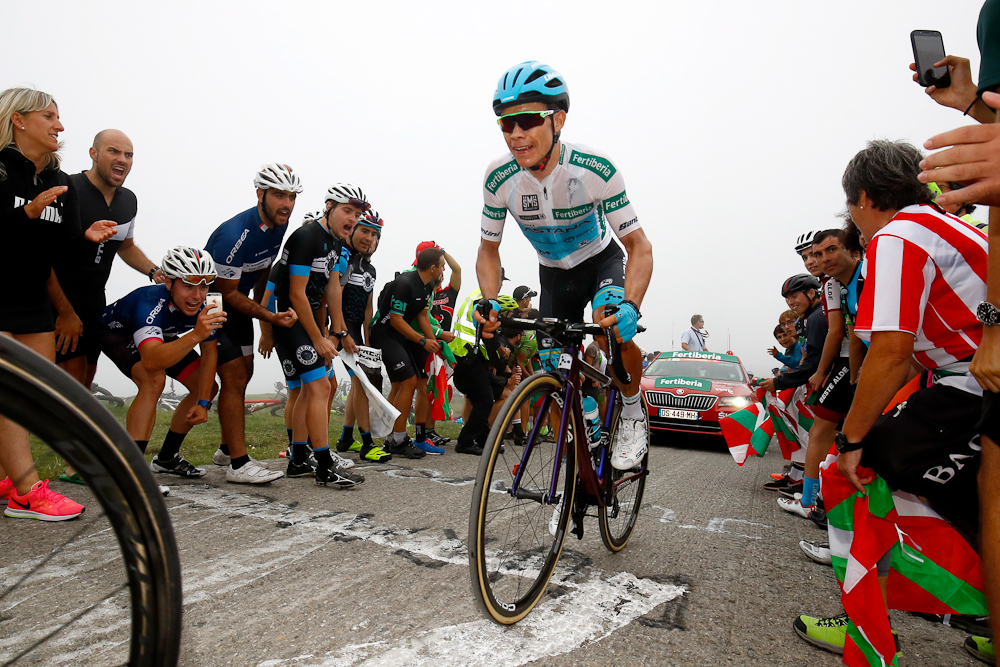
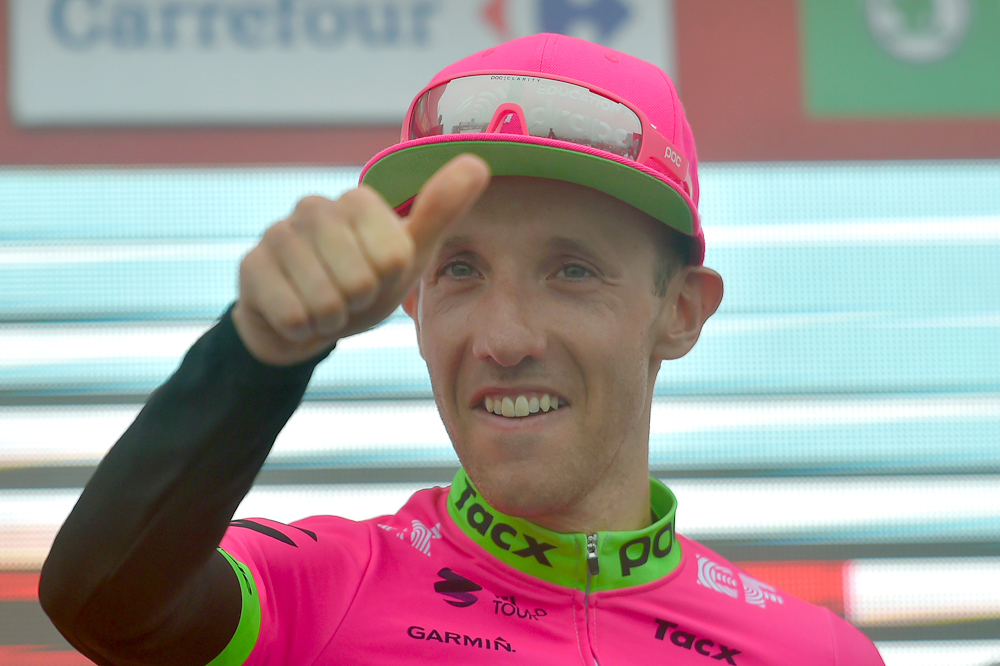
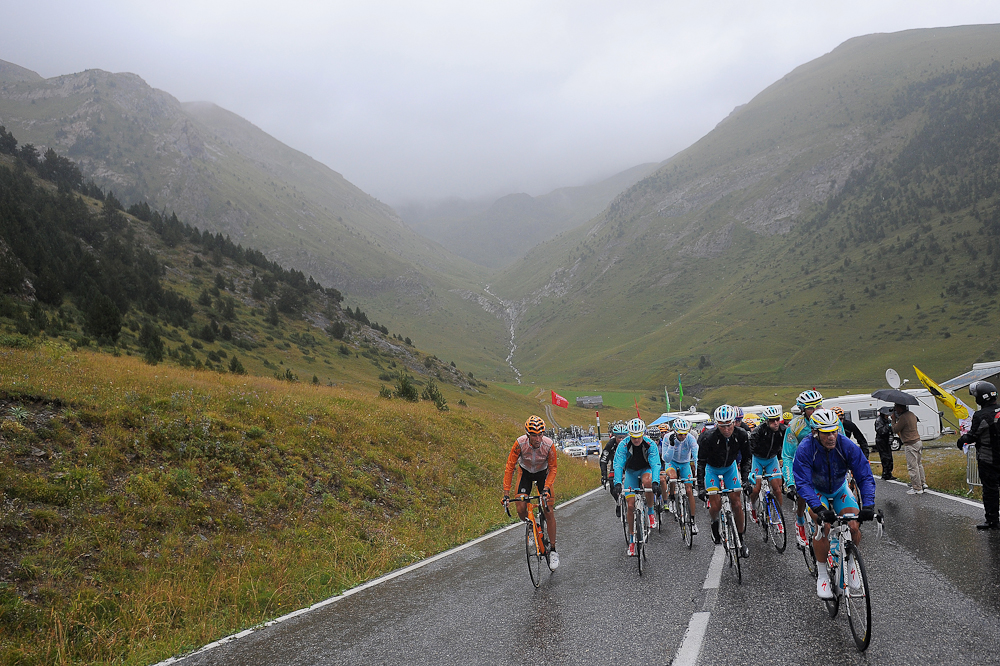
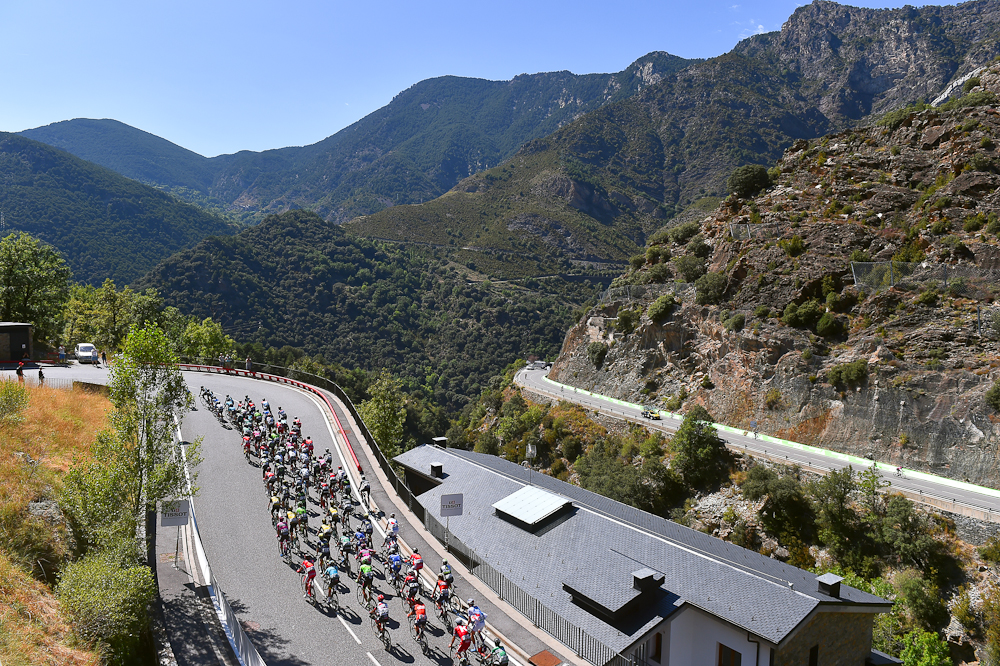
It's the beginning of the end. The curtain goes up this Friday on the mountain finale of the 2018 Vuelta a España, with two very difficult – and very different – climbing stages in Andorra on the menu for the weekend.
2018 Vuelta a Espana stage 19 preview
2018 Vuelta a Espana stage 20 preview
Quintana: We have to back Valverde now at Vuelta a Espana
Valverde stakes a claim on leadership of Movistar at the Vuelta a Espana
Mas storms onto Vuelta a Espana podium
Simon Yates: Mas and Valverde will try to win the Vuelta a Espana
Can Simon Yates (Mitchelton-Scott) hold onto la roja for Britain's fifth Grand Tour in a row? Or will Alejandro Valverde (Movistar) keep on holding back the years and oust Yates from his leader's jersey for his second Vuelta a España victory? Or will any of the other challengers, starting with Spain's up-and-coming GC racer Enric Mas (Quick-Step Floors), currently running these two the closest, be able to upset the Vuelta applecart completely?
The first chance to answer these questions comes on Friday in the shape of a classic 154km single-climb stage starting in Lleida, Catalonia, and culminating on the other side of the border on the Col de la Rabassa in Andorra. Stage 19 has 2,618 metres of vertical climbing, which may not sound like a lot, but on such a short stage, it means the riders are going upwards nearly all day.
The stage's sting in the tail, the Col de la Rabassa, is officially 17km long, but in reality it starts when the riders pass through the customs post on Andorra's southern frontier at 860 metres above sea level, and doesn't stop until they reach a lung-bursting 2,025 metres above sea level at its summit.
Last used by the Vuelta a España as a summit finish in 2008, Alessandro Ballan won there alone just a few days before taking the World Championships road title, which may give Vincenzo Nibali (Bahrain-Merida) some ideas if he gets in an early breakaway.
Overall, though, it might be of interest that the top three riders in Madrid that year – Alberto Contador, Levi Leipheimer and Carlos Sastre – were separated by a mere five seconds at the summit of the Rabassa. Valverde, who said he forgot to eat that day, blew badly and lost nearly four minutes. But with advantages being so narrow on the 2018 GC, and only two more stages remaining in the Vuelta this year – and not 14 left, like there were back in 2008 – there is far less likely to be a repeat of the stalemate of a decade ago.
The Vuelta also tackled the Rabassa in 2017 – when Nibali won the stage – but its impact was limited because the route swung off the climb nearly five kilometres short of the summit and back down into the valley again, before going over the Cornella, where Contador effectively lost almost all chance of victory.
Get The Leadout Newsletter
The latest race content, interviews, features, reviews and expert buying guides, direct to your inbox!
This time the stage route goes right to the top, meaning that although the steepest part of the climb is at its foot – with pitches of 13 per cent – the summit's high altitude, over 2,000 metres above sea level, may also have an impact on the riders.
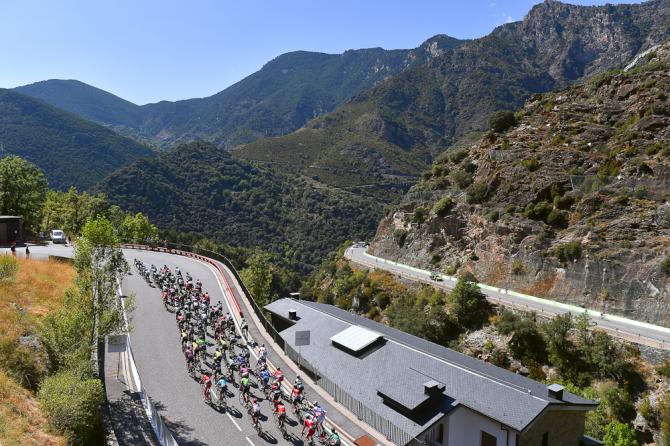
The Vuelta a Espana peloton tackles La Rabassa in 2017 (Getty Images)
Saturday's short-but-intense finale
Stage 20, run off entirely in Andorra, could not be more different in format. At just 97.3km long, it has six classified climbs packed into three hours of racing: a third cat, a second cat, three first cats, and the short-but-brutally steep Coll de la Gallina – which wreaked havoc in the 2013 Vuelta – as the Vuelta’s final ascent, rated Hors Catégorie, to finish off the race.
It's deeply reminiscent of the stage dubbed 'cycling's hardest ever' – the 2015 Vuelta stage through Andorra that totalled 138 kilometres and which had 5,000 metres of vertical climbing. As in 2015, 97 kilometres sounds like a risibly short distance as the crow flies, and it is, in fact, the shortest stage of the 2018 Vuelta – three fewer kilometres than Sunday's ceremonial stage in central Madrid.
But again like in 2015, when you realise the peloton will spend all of their time on Saturday either climbing or descending during those 97 kilometres, the stage in Andorra suddenly becomes a very different kettle of pescado. Back in 2015, such a short stage was also very unusual, although the Tour de France did try something similar in the Pyrenees this year, too.
In the Vuelta, meanwhile, this kind of short, explosive climbing stage is relatively standard fare. And for those riders who don't know the first category Coll de Ordino – third of the six climbs – from the 2015 race, they will become all too familiar it and with the first category Coll de Beixalis, which is tackled twice, as the second and fourth ascent of the day.
The Cornella, too, is tackled twice, albeit in opposite directions: first, the moment the race begins in the town of Escaldes, and then in the opposite direction as the fifth of six climbs, prior to the final showdown on the Coll de la Gallina. But that won't make them any easier, particularly as it comes hot on the heels of the Rabassa stage, and at the end of a very tough Vuelta a España.
"Both days are decisive, although I think that on Saturday's stage, being so short and explosive, anything could happen, and for that reason it should be even more key to the race," Valverde said after stage 18. "Strategies? Those are secret – our rivals mustn't know them. But we're very sure that over these two days there'll be no surrender. We're going to keep giving it everything we can."
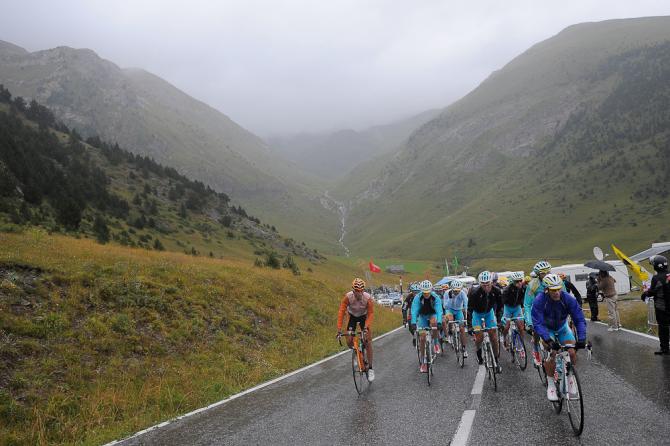
The Vuelta climbs up the Coll de la Gallina in 2013 (Getty Images)
But fans will remember, too, that on the Coll de la Gallina in 2012, Valverde was the stage winner by a short head over Joaquim Rodriguez and Contador, on the same, much shorter, ascent of just four kilometres up the full climb, which the Vuelta will use this time around, too.
The weather, for now, does not look as if it will play a significant role. Andorra is expected to stay dry on both stages, if overcast, with only a slight risk of rain. No repeat, then, of the nightmare 2013 conditions, when the race went from 30 degrees on the coast to below freezing on the summit of the Envalira, and 14 riders abandoned, some suffering from hypothermia.
So many climbs, of course, means a lot of downhill as well, but fortunately most road surfaces in Andorra are very good and there don't tend to be as many issues and incidents as on the rougher roads in Asturias or the south of Spain.
"The only thing is that the descents can still be a bit risky because Andorra gets so much more rain," Michael Woods (EF Education First-Drapac) told Cyclingnews. "There are places that never dry out, which can kind of surprise people when they're coming around a corner. All of a sudden there's a little wet patch, even on a dry day. But the road surfaces are good, and that'll make for faster descents, too."
Regardless of the weather, the race is still wide open, as Ion Izagirre (Bahrain-Merida), currently seventh overall at 4:09 back, well knows.
"We're so close to the end now that anything could happen – particularly on the Saturday,” Izagirre, who knows the Andorran climbs very well from various high-altitude training camps, told Cyclingnews.
"All Pyrenean climbs are tough, but what makes them really tough in Andorra is that there is hardly any distance at all between one and the next," Izagirre said. "If you're not descending, you're climbing. There's no real break in the action. It gets very hard to recover."
As to whether the Coll de la Gallina, in its shortened version, or the Rabassa in its 12", extended-play version right to its higher summit, will have the biggest impact on the race, Izagirre argued that they're both going to count.
"The Gallina is steeper, but the Rabassa is longer, steadier and higher, and that extra altitude is always a factor," Izagirre said.
The fatigue factor
Woods said tired legs at the end of a three-week race will also play a big part in the finale.
"The Gallina's not as hard a climb as the Rabassa, but it's going to be a harder climb because everybody's going to be so tired," Woods said. "The way the stage is going to play out on Saturday will make the Gallina ultimately a more difficult finish because guys are going to be more fatigued, and Astana and Movistar will be throwing long bombs to try to disrupt guys like Yates."
Woods knows both stage routes extremely well as he and his wife have an apartment in Andorra close to the finish of the final climb, and he has reconned them both. But he emphasises that in the finale of a Grand Tour, no ascent is easy – let alone when six of them are packed into 97 kilometres of climbing.
"Everything's hard in the last real stage of a race like this, but that's why I like this last week so much," Woods said. "Obviously you have to have amazing legs to perform well, but the biggest factor is between the ears.
"You have to know how to compartmentalise failure and mentally be very strong," he said. "And on a stage like that last one, even though it's short, its going to feel like an eternity at some points. There's going to be a lot of suffering out there."
Alasdair Fotheringham has been reporting on cycling since 1991. He has covered every Tour de France since 1992 bar one, as well as numerous other bike races of all shapes and sizes, ranging from the Olympic Games in 2008 to the now sadly defunct Subida a Urkiola hill climb in Spain. As well as working for Cyclingnews, he has also written for The Independent, The Guardian, ProCycling, The Express and Reuters.
